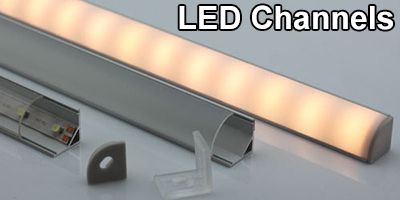G
GReel
Guest
There has been some discussion lately about reduced output when using the 18650 battery due to the lower voltage. Now I do not have a 18650 battery, and did not plan to buy one unless it would provide the high intensity output. Elsewhere there was a discussion about buck converters and there limitations.
Well there is nothing like empirical measurement. I set the flashlight pointing at a photo cell (measured the photo-current) , measured the voltage across the flashlight, power was supplied by a variable power supply. The flashlight was also bypassed by 30,000 uF to minimize the switching transients due to to the flashlights buck converter.
Here are the results:

The light intensity is a relative measurement. This was measured with the flashlight in turbo mode mode. The results seem to suggest that the output is fairly stable down to 3.5 volts. I did a quick review of the 18650 datasheet and it appears that at 25C the voltage would be above 3.5 volts to the last 5% of remaining capacity.
My guess is the test circuit does not significantly differ from a battery, but on this point I an unsure. The only way to know for sure would be to test with a battery a well know states of discharge.
The flashlight is the brand new TK11 R2 just released. Got mine two days ago.
Hope this is helpful
Greg
Well there is nothing like empirical measurement. I set the flashlight pointing at a photo cell (measured the photo-current) , measured the voltage across the flashlight, power was supplied by a variable power supply. The flashlight was also bypassed by 30,000 uF to minimize the switching transients due to to the flashlights buck converter.
Here are the results:

The light intensity is a relative measurement. This was measured with the flashlight in turbo mode mode. The results seem to suggest that the output is fairly stable down to 3.5 volts. I did a quick review of the 18650 datasheet and it appears that at 25C the voltage would be above 3.5 volts to the last 5% of remaining capacity.
My guess is the test circuit does not significantly differ from a battery, but on this point I an unsure. The only way to know for sure would be to test with a battery a well know states of discharge.
The flashlight is the brand new TK11 R2 just released. Got mine two days ago.
Hope this is helpful
Greg

